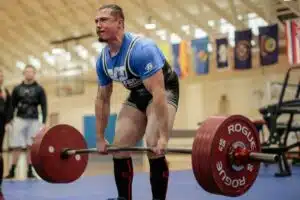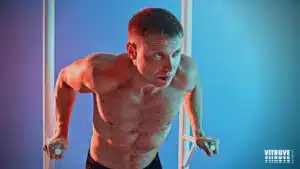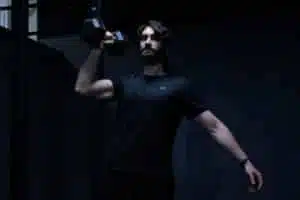There are many tips for strength and conditioning (S&C) training that I wish I had known about when I started my career in sports science. When you attend a university course or a weekend course, you receive theoretical and practical information about training, but nobody usually comments that you are going to spend many hours on your feet, that many of your free hours will be used to continue learning or that most of the time you have to improvise and adapt the session for various reasons. These 10 tips for strength and conditioning training (S&C from now on) are intended to make us better coaches. If I’d known many of them earlier, I’d have done a lot less stumbling around, made better use of my time, and avoided the occasional conflict.
1. What do we need to succeed in our S&C training?
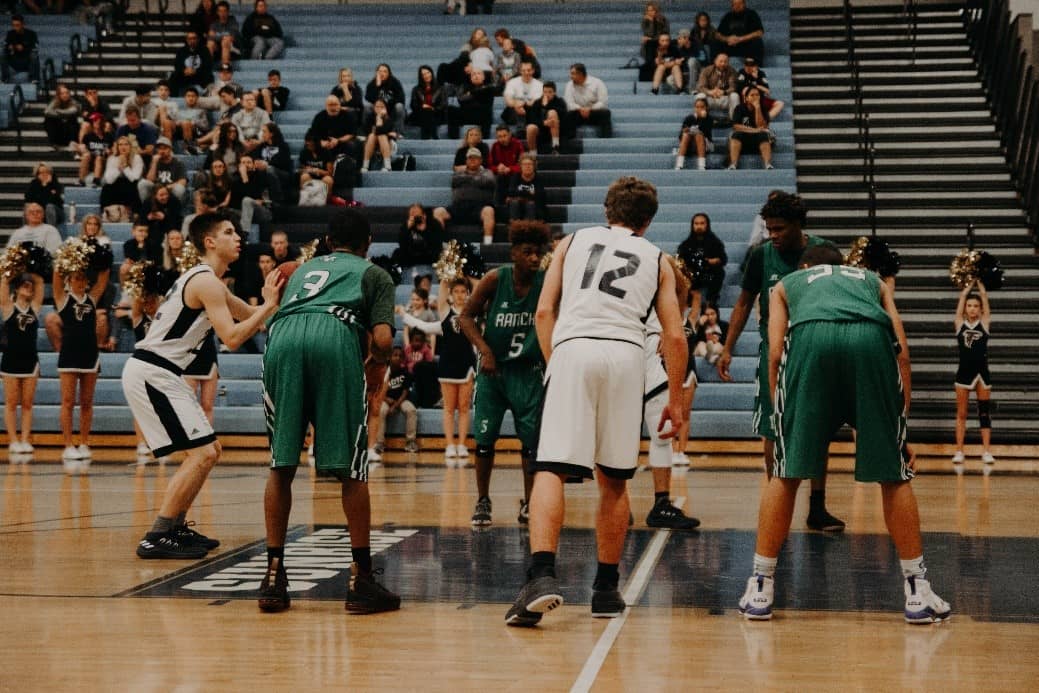
A successful S&C coach must have a broad range of technical and psychosocial skills. Exercise science is key for an S&C coach, but psychosocial behaviors and coaching philosophy carry similar weight in determining the coach’s success or failure (Carson, Leishman, Hinck, & Hoffmann, 2021). Fostering positive interactions, exercising appropriate leadership and taking care of athletes are skills to be encouraged from the very beginning.
Carson et al. explain the three disciplinary areas that exist to improve the success of S&C coaches (Carson et al., 2021). One focuses on “habits of mind,” which encompasses the development of theoretical knowledge such as training methods and the physiological responses it produces. The second area focuses on the “habits of the hand”, which focuses on integrating that theory with the athletes through practical experience. The third and final area is dedicated to the “habits of the heart,” i.e., personal values and training philosophy. This area includes personal interaction with athletes, trust, and personal and professional ethics.
The first of the tips for training effectively is that you give importance to the three areas in the previous paragraph: habits of mind, habits of the hand, and habits of the heart. The integrated application of professional, interpersonal, and intrapersonal knowledge to enhance athletes’ competence, confidence, connectedness, and character in specific training contexts is what marks the success or failure of an S&C coach (Côté & Gilbert, 2009).
Tip number 2 is the most important of all and affects all three areas (mind, hand and heart), both personally and professionally. Training tips 3, 4 and 5 address habits of mind: learn about strength and conditioning and do it with passion. Training tips 6, 7 and 8 cover the practical part, “the mud”, the habits of the hand. The last training tips 9 and 10 are focused on the psychosocial aspect and the coach-athlete relationship: the habits of the heart.
2. If you’re not passionate about what you do, think about dedicating yourself to something else
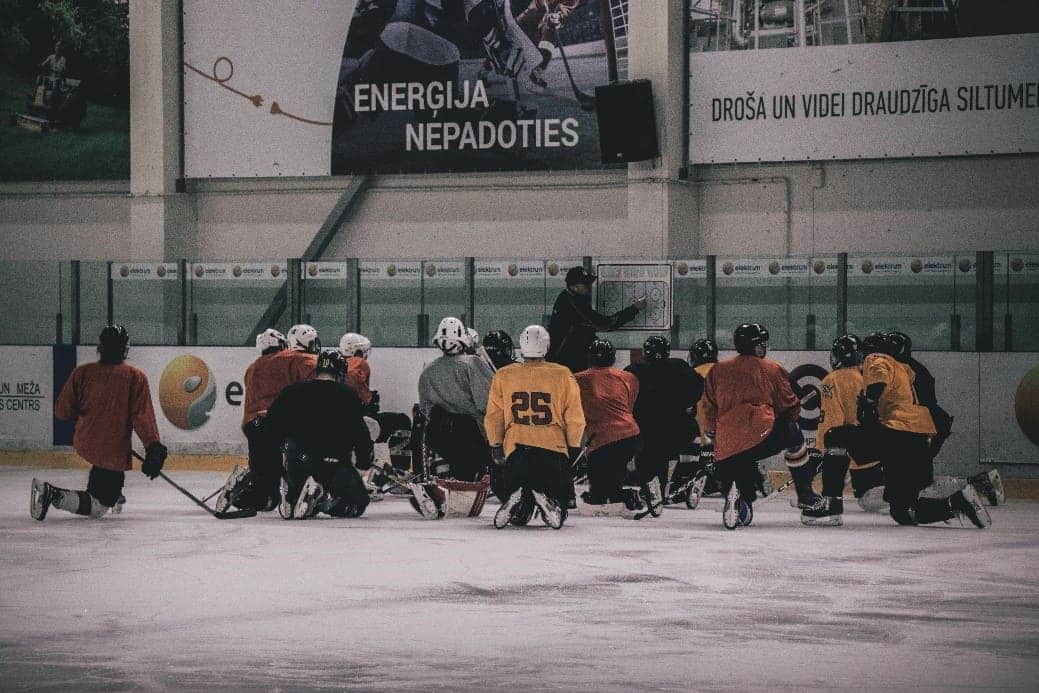
The scientific literature and fitness centers are full of tips for successful training, but none of them work if you don’t have a passion for strength and conditioning training. This is an excerpt from research that conducted different interviews with high-performance athletes from various sports, and highlights the importance of the passion and enthusiasm of the S&C coach (Foulds, Hoffmann, Hinck, & Carson, 2019):
The S&C coach’s demonstrations of passion motivated some athletes “…the passion they have for helping you get to where you’re going…if they’re interested in what they’re doing, if they’re excited about the training, if they’re excited about the progressions that are being achieved…they love what they do, and strength and conditioning is at the heart of what they want. So, they’re excited to be there and they’re excited to work with you.” Athletes sense whether a coach does his or her job with more or less commitment and passion, and that determines our success as a coach.
Confucius said that if you love what you work for, you will never work a day in your life. This is not entirely true, because no matter how much we love our work, there are those days. What is clear is that if we like our work, we will put more effort in improving our “mind” (learning about it), our “hand” (interest in applying what we have learned) and our “heart” (we will relate better with the athletes because we enjoy it).
3. Build a solid foundation on which to increase plants
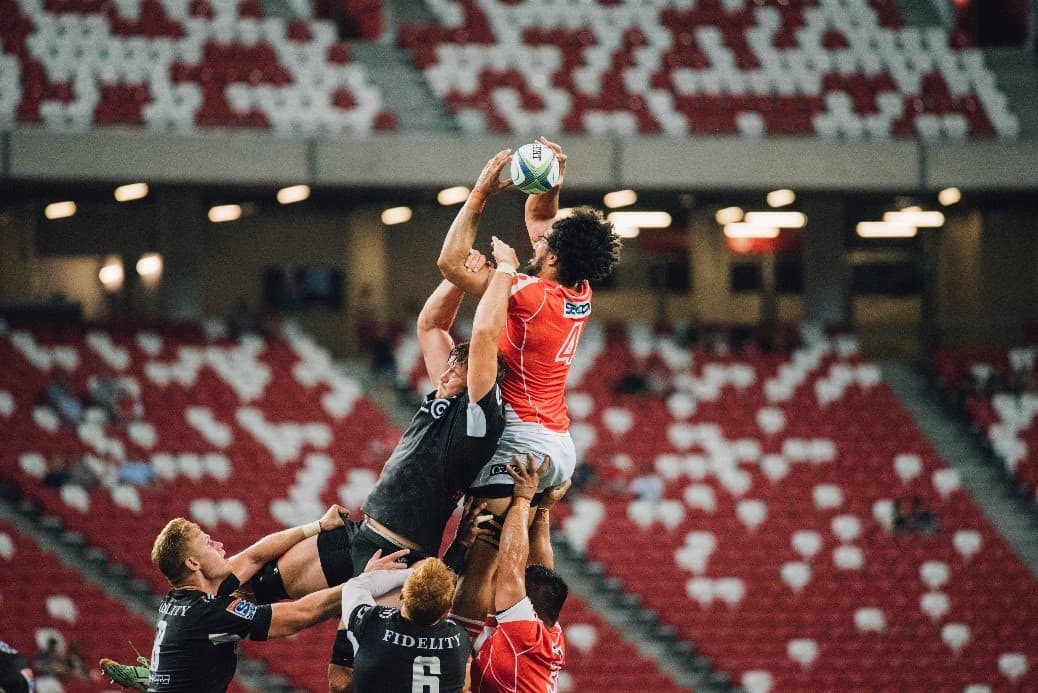
This is the first of the tips for successful training in reference to habits of mind. An S&C trainer must know the basics of physiology, anatomy, biomechanics and other branches that encompass the human body and its functionality. On the other hand, it is necessary to learn the basic movements, as well as their variants, which will be the pieces of the puzzle that we will later use with the athletes (Turner & Comfort, 2022). All this acquired knowledge is the basis of our skyscraper.
A big mistake is to want to build the 127th floor, without having set the foundation well. This behavior happens more than you think. I’m sure you know someone who can’t explain what a mitochondrion is or what the difference is between a low bar and a high bar back squat, but is going to a respiratory hypoventilation seminar or an advanced Olympic lifting course the following weekend. Of course, an S&C trainer must be updated on a daily basis, no doubt about it. However, the most important thing is to have a detailed knowledge of exercise physiology and basic movements.
From there we will build new floors in our skyscraper to make it as high as possible through continuous updating. One of the updates may be velocity-based training, which, while not new at all, there are many trainers who are not yet aware of it or do not use it. This type of training has greatly improved the traditional method in which maximum weights and percentages were used without taking into account the variability of the athlete in each session. Thanks to devices such as Vitruve’s velocity meter, we can know each day in a few minutes of warm-up, how the athlete is doing, and what load he has to use that day.
The knowledge of the execution of each exercise, as well as which one we should use for each target, is the foundation of the skyscraper. The implementation of velocity-based strength training will be a new floor that we build on top of that solid foundation.
4. Apprentice of everything, master of nothing
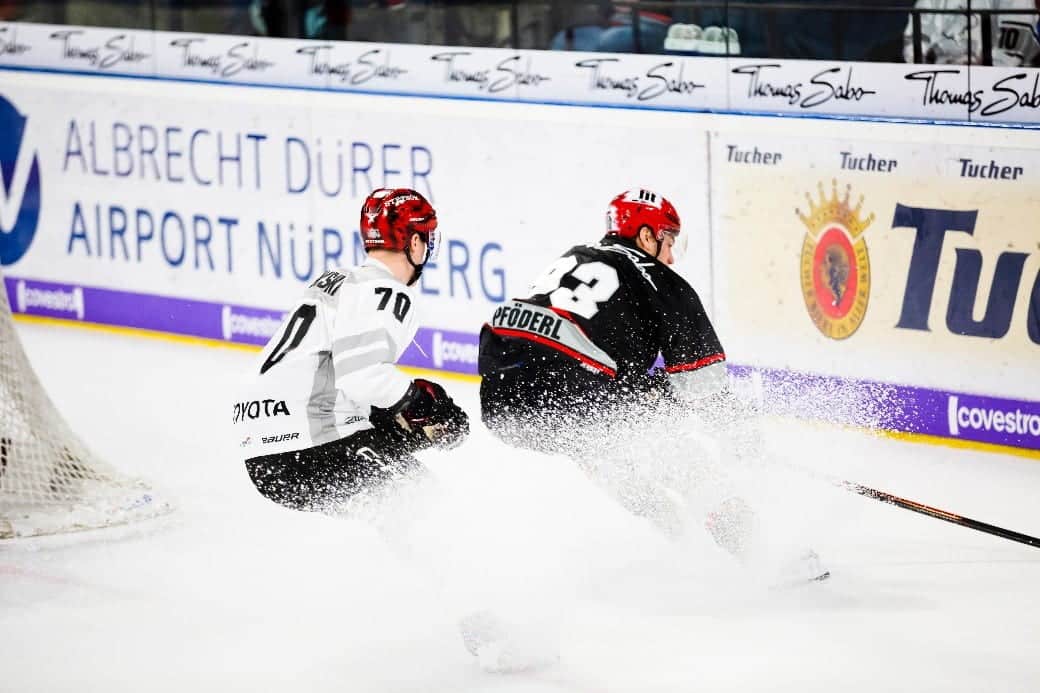
A large portion of S&C coaches work in more than one sport. To be successful in them we must have a broad understanding of the application of strength and conditioning based on general and specific training principles. From there, we will analyze how it can be transferred to each of the sport-specific needs (Weldon et al., 2022). This coincides with one of the training tips we discussed in the previous section: create a firm foundation first, then build floors with upgrades.
We must specialize in a discipline or sport if we want to achieve maximum success. Learning does not take place, but it does take time. If we specialize in one population and one discipline, we will be able to meet our goals much more successfully. An S&C coach must make a number of complex decisions about the health and well-being of your athletes on a daily basis, which requires a broad and versatile knowledge of the fundamental aspects of sports performance development in that case.
Adaptability is one of the most valued qualities of an S&C coach (Light Shields, Gardner, Light Bredemeier, & Bostro, 2010). The better we know the specific requirements of our athletes and sport, the better we can modify exercise programs to any need. It is in the plateaus that true knowledge shows itself.
5. Stand on the shoulders of giants until you are one of them: listen, watch and learn
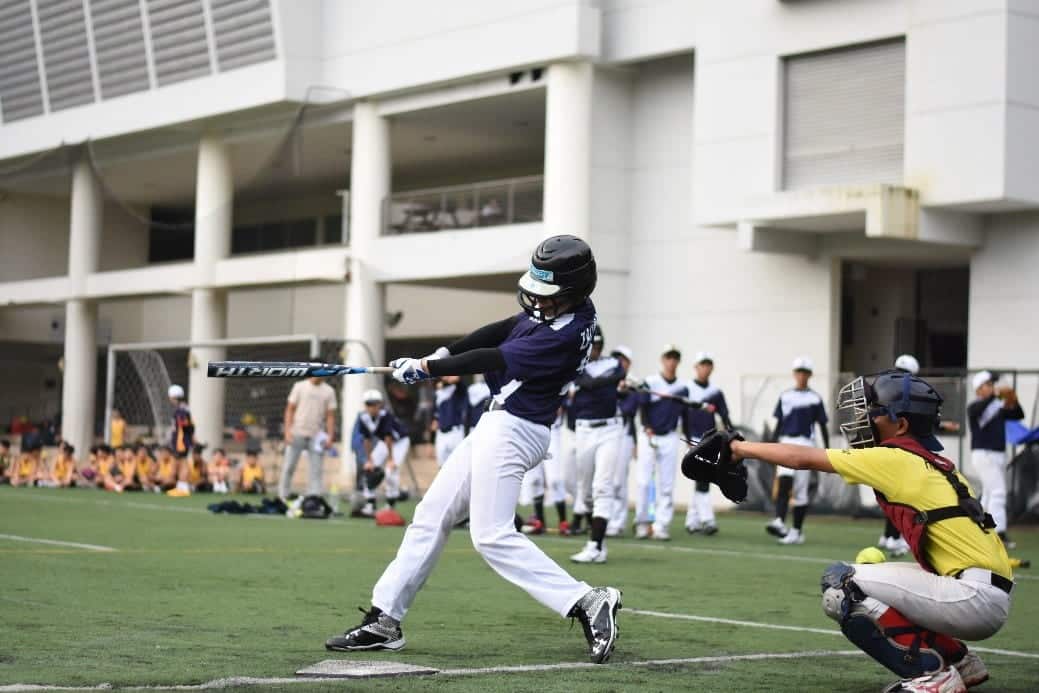
The third and last of the tips for training habits of mind is to copy and learn from people who have already opened the path you want to walk. The clinical rounds used in new physician education have three phases: first they observe someone more experienced; then they do it themselves; and finally, they teach others to do it. These three steps will increase our learning throughout our lives, because when we learn the most is when we teach someone else what we already know (study).
The first step is to have figures to look up to and learn from. There are people who condense decades of learning based on mistakes. If we begin our journey by observing great coaches, we will have already come a long way. In addition, doing internships in training centers while we are studying increases the probability of obtaining employment by a large percentage (Carson et al., 2021). Leave the impostor syndrome aside that tells you that you know nothing and you are not valid as a coach, and start putting into practice everything you have learned as soon as possible.
You can get strength and conditioning drills for all types of sports at the click of a mouse: National Football League (NFL) , National Hockey League (NHL), Major League Baseball (MLB), National Basketball Association (NBA), rowing, wrestling, rugby union, swimming, cricket coaches , strongman athletes, speed coaches and rugby coaches (Weldon et al., 2022). Copy first from others until you are able to create when you have enough knowledge and experience.
Network with colleagues to absorb their knowledge and see what they think of your training strategies. Surround yourself with the people who know the most, read their books, attend their seminars… Collaboration powers innovation. The more tools you have in your backpack, the more options you have when it comes to using them when needed.
6. Monitor your athletes, but choose which battles to fight
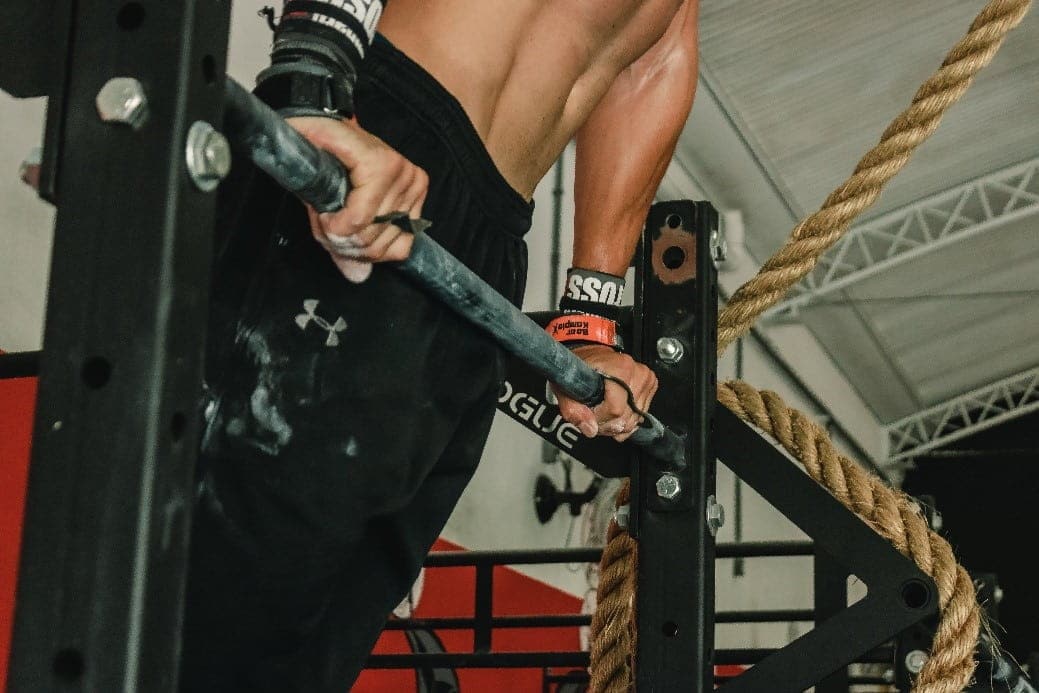
Theory is nothing if it is not applied. In these tips for effective training, we focus on the habits of the hand, or what amounts to the same thing, practice. There is a phrase widely used in high performance that invites you to measure everything that is measurable. The more data we have, the more we know about the success or failure of training and the needs of the athlete and the sport. The problem is that the integration of technology-based equipment into strength and conditioning training programs has grown exponentially in recent years. So much so, that we cannot address them all.
Choose well which battles to fight based on the army have. Elite teams have professionals in different positions who analyze what the key performance indicators are. In those cases, we can obtain and process much more data than a short staff could digest. Once you are clear about how far you can go with athlete monitoring, measure the details that are most important to your goal of improving performance and preventing injury.
Don’t be a slave to data because it can be your best friend or your worst enemy. Focus on the basics that generate maximum benefits. Velocity-based strength training is a clear example to explain this idea. There are very simple devices to use in strength training that give us valuable and immediate data. A linear encoder with a hook to the load gives us variables such as the velocity of the lift that tells us how many repetitions to perform to control fatigue, evaluate if we are recovered from the previous session and know if we are progressing. This strategy gives us a lot of benefits with very little effort, so it can be a battle to get into.
Like her, there will be others that interest us or others that we will have to discard. One aspect that we often forget when monitoring athletes is to also monitor individual or group well-being, since it is an aspect that will determine our success as coaches and theirs as athletes. latter is one of the training tips that most people overlook, but it brings great results.
7. Beware of neophilia
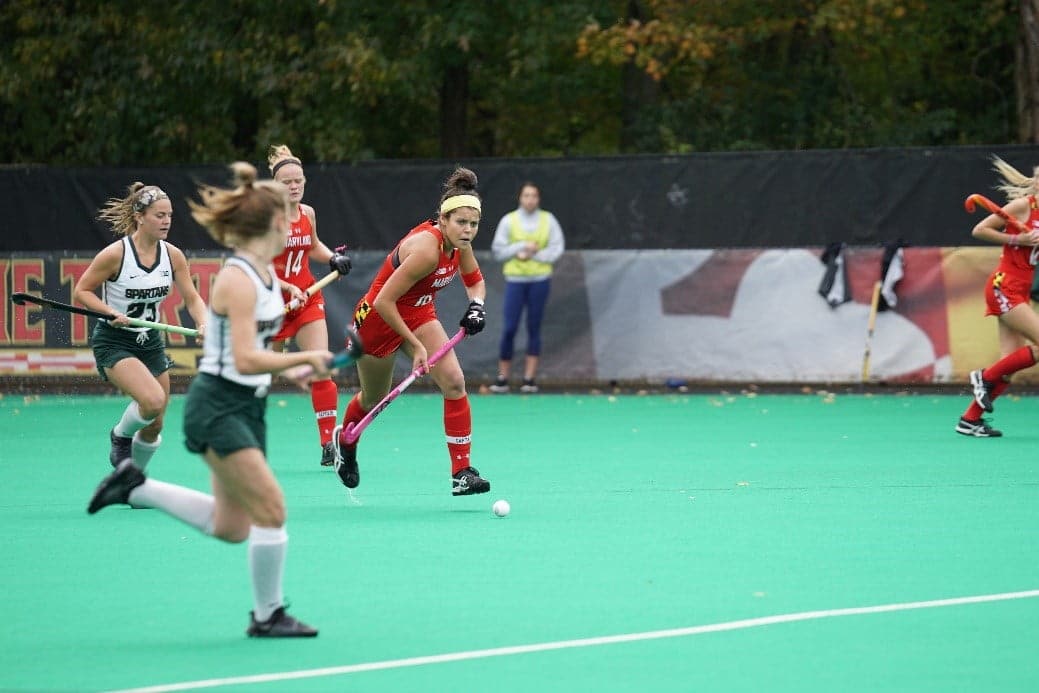
Neophilia is the addiction to the new and the obsession with innovation. Coach adaptability and knowledge of the latest advances in strength and conditioning are two fundamental keys that determine success as S&C coaches. In previous training tips we have already highlighted them. The mistake comes when we are so “on the cutting edge” that we want to try everything that comes along. One of my biggest mistakes has been not following a solid plan from start to finish because along the way I have doubted it as I saw other novel options.
The mistake is not modifying an approach, because that will happen frequently. Athletes will be more engaged in a training program when they understand why it is being done and their exercise preferences and feedback on training loads are listened to (Foulds et al., 2019). The real mistake is to modify your planning based on fads or emerging training trends. The principles of training are few, but the methods of training are many, and more every day. Use progressive overload, individualization and other training principles, and keep it as simple as you can without being “too trendy”.
8. Effective communication: Prepare the instructions you are going to give
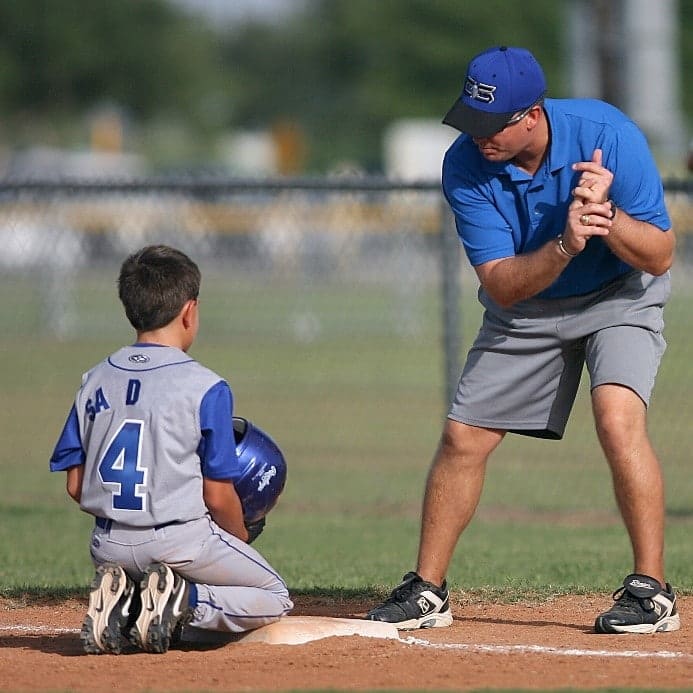
Cuing is the term used to refer to verbal instruction given to direct a person’s focus of attention to a main feature of the movement (Benz, Winkelman, Porter, & Nimphius, 2016). The type of instructions will be totally different in a beginner athlete or in an elite athlete, but they are necessary in both cases. These instructions should provide the maximum information with the minimum of words. Ideally, the athlete should be involved in what he/she is going to do and why he/she is doing it. If we do a side plank on a fit ball that we move to create perturbations, we can do it without further ado, or by explaining to a football goalkeeper, for example, that this exercise prevents injury when he stretches to the side to avoid a goal.
Those little details make the athlete be a part of the training and put more desire into it. There are cues that will make your athletes perform a workout well for the rest of their lives. One of my favorites is “squeeze your glutes as if you have a bill between your cheeks and it can’t fall out” to refer to pelvic retroversion. Once it is explained, it will be enough throughout the season to say “the bill” for all athletes to squeeze the glutes in the movements as needed.
Communication is one of the most important tools of the trainer. Continuing with the list of coaching tips: prepare the exercises of the session and what are the pre and post cues you are going to give. If we have to stop a practice or give a lot of prompts during it, it is because the instructions are not accurate in explaining it. Follow-up feedback is also vital when it comes to reinforcing behaviors and setting certain insights.
9. Follow the model of the “3 + 1 Cs”
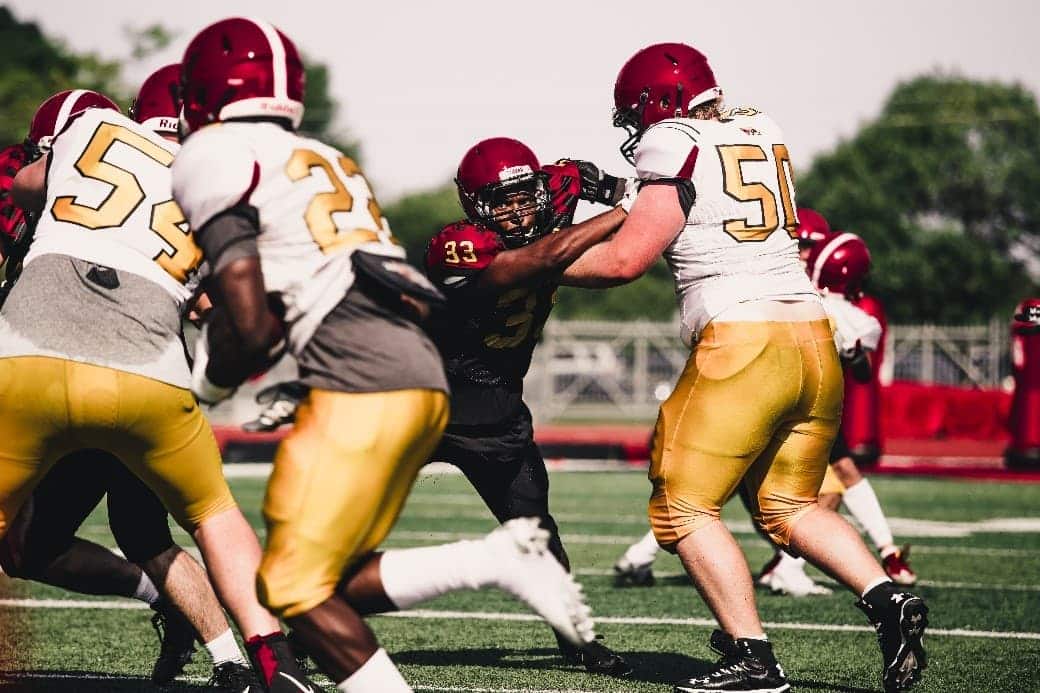
The last two coaching tips go to the habits of the heart that a successful S&C coach should keep in mind. The first of these is based on the “3 + 1Cs” model that Jowett developed to improve the coach-athlete relationship (Sophia Jowett & Lavallee, 2007). This model suggests that the more satisfied an athlete and coach are with the relationship between them, the higher the quality of the relationship and the better the athletic outcomes (S. Jowett & Cockerill, 2003).
Furthermore, when the relationship between coach and athlete is close and positive, athletes show the desire to perform better (Sánchez, Borrás, Leite, Battaglia, & Lorenzo, 2009). Therefore, the coach is happier, the athlete is happier and the chances of performance improvement increase. Doesn’t sound bad, does it? The “Cs” referred to in Jowett’s model are several coaching tips bundled together in this section:
- Closeness: the connection, trust, respect and appreciation between coach and athlete in both ways. To be a good coach, as well as a good person, you must be sincerely concerned about the athlete’s life, family, successes, etc. Celebrate all of their accomplishments, no matter how small they may seem: their successes are part of your successes.
- Commitment of coach and athlete toward the same goal. Commitment to a “shared purpose” instills the belief that success can be achieved together (Sophia Jowett, Shanmugam, & Caccoulis, 2012).
- Complementarity: discuss the variables of the training session, days, duration, exercise preferences, and other aspects with the athletes and develop a program that meets, as much as possible, the athlete’s demands.
- Co-orientation: the perception of the coach-athlete relationship should be reciprocal and help each other: “my favorite coach has always listened to me to try to help me solve a situation” (Foulds et al., 2019). It is important that you understand your player and know how he/she will respond to any criticism or comments to avoid conflict before it arises.
10. Listen carefully to what your athlete says or shows
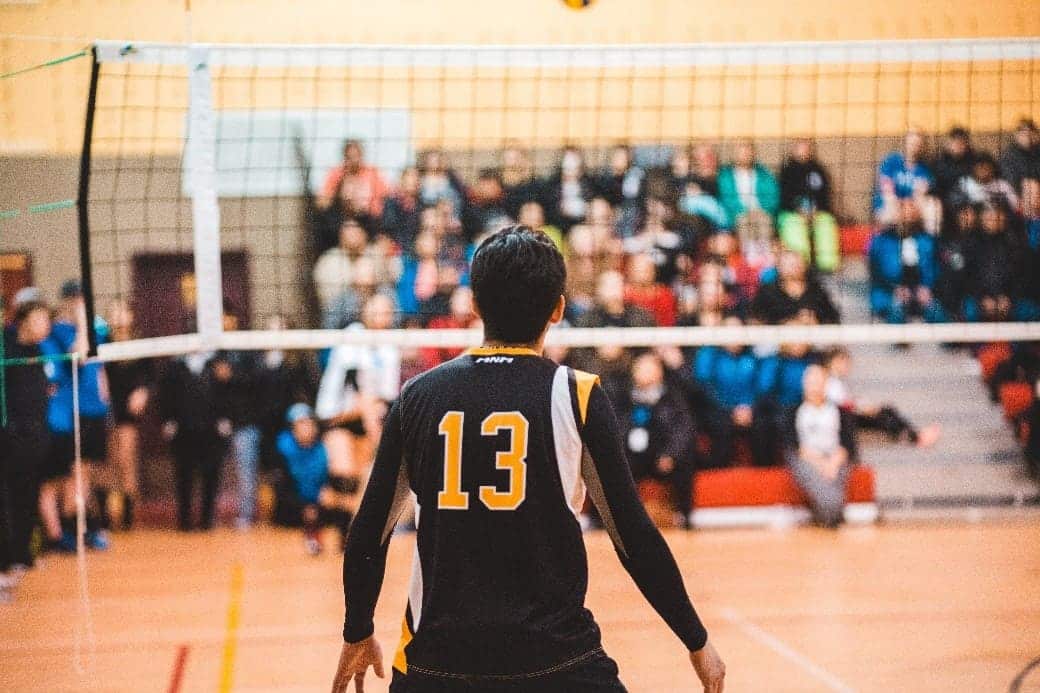
The last of the tips to better coach athletes are to be in continuous conversation with them and ask what you can do today to make them better professionals. Athletes prefer coaches with a positive outlook and an athlete-centered mindset with active listening (Foulds et al., 2019). The coach’s social skills are key when dealing with other people, both athletes and members of the coaching staff, especially those such as the head coach with whom we will spend the most time.
Athletes positively perceive coaches who provide encouragement, inspiration, and reassurance (Szedlak, Smith, Day, & Greenlees, 2015). In addition to having as much theoretical knowledge as possible (habits of the mind) and knowing how to apply it in training (habits of the hand), the coach must put humanity into his work (habits of the heart). The indispensable qualities of a socially successful S&C coach are as follows (Yukelson, 2008):
- Attentive: Athletes value the coach’s interest in what they do beyond the sport environment.
- Honesty: The positive relationship between coach and athlete depends on the honesty of both in all areas, both personal and professional. A lie, no matter how small, will damage any relationship with the athlete.
- Humility: whether you have more or less experience or knowledge, there will always be much more you don’t know than you already know.
- Humorous: there is no doubt that a good atmosphere full of humor will favor the connection with athletes (Grisaffe, Blom, & Burke, 2003).
Joaquin Vico Plaza
References
Benz, A., Winkelman, N., Porter, J., & Nimphius, S. (2016). Coaching instructions and cues for enhancing sprint performance. Strength and Conditioning Journal, 38(1), 1–11. https://doi.org/10.1519/SSC.0000000000000185
Carson, F., Leishman, B., Hinck, K., & Hoffmann, S. M. (2021). Identifying the habitual needs of novice strength and conditioning coaches. Journal of Hospitality, Leisure, Sport & Tourism Education, 28, 100313. https://doi.org/10.1016/J.JHLSTE.2021.100313
Côté, J., & Gilbert, W. (2009). An Integrative Definition of Coaching Effectiveness and Expertise. Http://Dx.Doi.Org/10.1260/174795409789623892, 4(3), 307–323. https://doi.org/10.1260/174795409789623892
Foulds, S. J., Hoffmann, S. M., Hinck, K., & Carson, F. (2019). The Coach–Athlete Relationship in Strength and Conditioning: High Performance Athletes’ Perceptions. Sports, 7(12). https://doi.org/10.3390/SPORTS7120244
Grisaffe, C., Blom, L. C., & Burke, K. L. (2003). The Effects of Head and Assistant Coaches’ Uses of Humor on Collegiate Soccer Players’ Evaluation of Their Coaches. Journal of Sport Behavior, 26(2).
Jowett, S., & Cockerill, I. M. (2003). Olympic medallists’ perspective of the althlete–coach relationship. Psychology of Sport and Exercise, 4(4), 313–331. https://doi.org/10.1016/S1469-0292(02)00011-0
Jowett, Sophia, & Lavallee, D. (2007). Social Psychology in Sport. Human Kinetics. Retrieved May, 6, 2015.
Jowett, Sophia, Shanmugam, V., & Caccoulis, S. (2012). Collective efficacy as a mediator of the association between interpersonal relationships and athlete satisfaction in team sports. Http://Dx.Doi.Org/10.1080/1612197X.2012.645127, 10(1), 66–78. https://doi.org/10.1080/1612197X.2012.645127
Light Shields, D. L., Gardner, D. E., Light Bredemeier, B. J., & Bostro, A. (2010). The Relationship Between Leadership Behaviors and Group Cohesion in Team Sports. Http://Dx.Doi.Org/10.1080/00223989709601964, 131(2), 196–210. https://doi.org/10.1080/00223989709601964
Sánchez, J. M., Borrás, P. J., Leite, N., Battaglia, O., & Lorenzo, A. (2009). The coach-athlete relationship in basketball. analysis of the antecedents, components and outcomes. Revista de Psicología Del Deporte, 18(3), 349–352.
Szedlak, C., Smith, M. J., Day, M. C., & Greenlees, I. A. (2015). Effective Behaviours of Strength and Conditioning Coaches as Perceived by Athletes. Http://Dx.Doi.Org/10.1260/1747-9541.10.5.967, 10(5), 967–984. https://doi.org/10.1260/1747-9541.10.5.967
Turner, A., & Comfort, P. (2022). Advanced strength and conditioning: an evidence-based approach. Routledge.
Weldon, A., Duncan, M. J., Turner, A., Laplaca, D., Sampaio, J., & Christie, C. J. (2022). Practices of Strength and Conditioning Coaches: A Snapshot From Different Sports, Countries, and Expertise Levels. Journal of Strength and Conditioning Research, 36(5), 1335–1344. https://doi.org/10.1519/JSC.0000000000003773
Yukelson, D. (2008). Principles of effective team building interventions in sport: A direct services approach at Penn State University. Http://Dx.Doi.Org/10.1080/10413209708415385, 9(1), 73–96. https://doi.org/10.1080/10413209708415385
